Ranchos Easy to Draw Mission Santa Barbara Ranch Easy to Draw

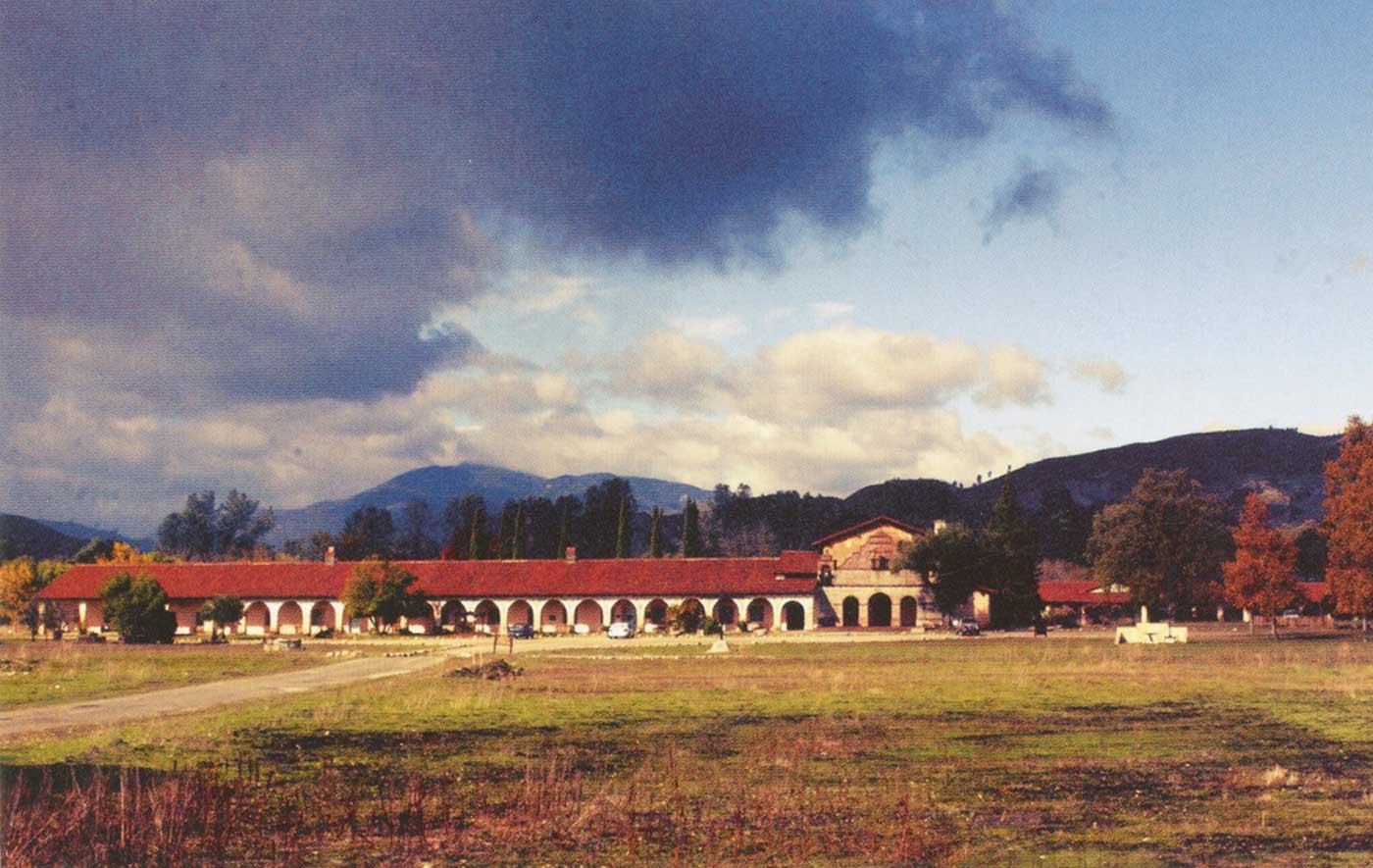
San Antonio de Padua
General Information
Founded:
July 14, 1771 - The 3rd California Mission
Current Status:
This is a consecrated Roman Catholic Church where religious services are held each week for area residents and visitors. A retreat center is open to all denominations throughout the year.
Summary:
San Antonio de Padua, California's third mission, was founded on July 14, 1771. This mission was extensively restored between 1948 and 1952. The extensively restored complex and grounds offer a lot for visitors to see. Mission San Antonio de Padua's setting is much as a traveler would have experienced it two centuries ago.
Address
17 Mission Road (Ft. Hunter-Liggett Reservation)
Jolon, CA 93928
United States
Get Directions
Directions
In order to reach this mission, you will drive to Fort Hunter-Liggett, an active military post. Take exit 252 (Jolon Road) West from U.S. 101 about 22 miles. Follow the signs to Fort Hunter-Liggett and the San Antonio de Padua Mission. There is now a separate access road that takes you to the mission, without having to enter the grounds of Fort Hunter-Liggett.
Website(s)
Phone(s)
831-385-4478
Fees, Hours, Tours and Church Services
Please contact the mission directly by telephone or by visiting the mission website for the most current information.
Due to Covid-19 restrictions, it is best to check for current information.
Setting
This mission is located in the Santa Lucia Mountains in an oak-studded valley whose unspoiled setting is much as a traveler would have experienced it two centuries ago.
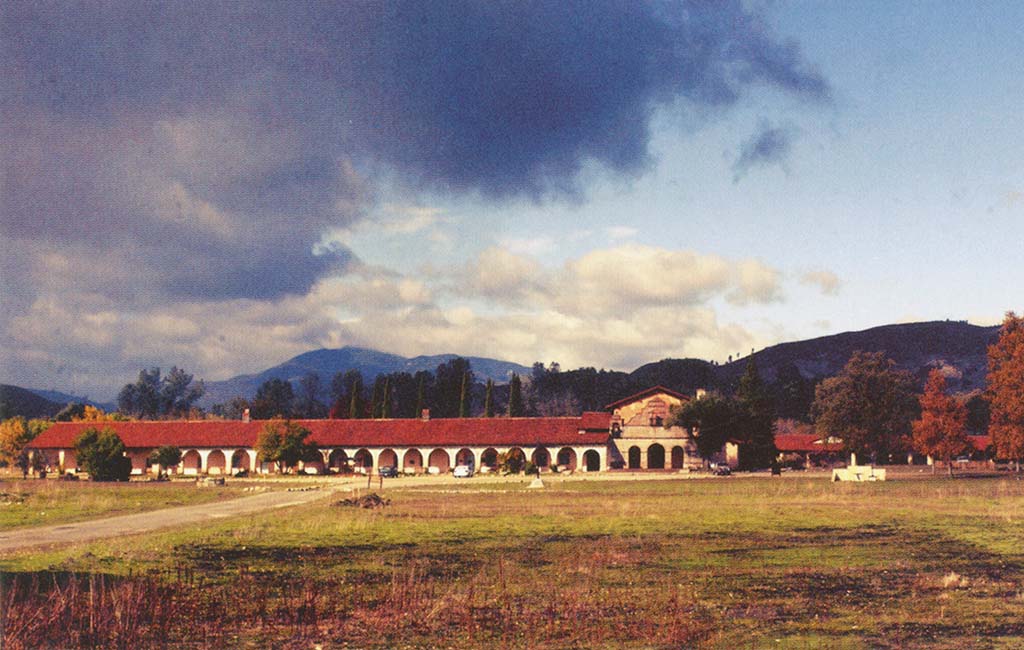
Weddings and Other Special Services
- The mission is available for weddings, with advance planning. For information, call 831-385-4478.
- The Padres' Garden, located in the courtyard of the Mission, is available to rent for barbecues, family reunions, and other non-profit activities.
Special Events
San Antonio de Padua holds special events each quarter of the year (the details are posted each year on the mission website). Historically, these events have included:
- "Cutting of the Roses"
- "Mission Days" (re-enactors dressed in period costume demonstrate mission life)
- An annual "Fiesta"
- "Events in the Garden" which now features a gourmet meal and art show
Unique Attractions
- With an unspoiled and panoramic setting, and an almost fully-restored quadrangle, San Antonio de Padua is one of the most complete and inviting of the California missions.
- The mission church was completed in 1813. The front arcade, made from burned brick, was added in 1821. San Antonio was fully restored by the Landmarks Club between 1903 and 1908.
- The interior of the church is inviting.
- The first Christian wedding to take place in California occurred at Mission San Antonio de Padua in 1773. A mural on the wall of the mission celebrates this event.
- A large museum with many rooms contains original artifacts from both the mission era and the early 19th century, as well as displays of various aspects of mission life. A favorite display is a diagram of Hand Signals used to teach music scales to neophytes.
- Some of the most interesting displays are outside, particularly the display of figureheads from colonial frigates whose sailors brought these to the mission as gift offerings.
- The grounds of the mission are extensive, and the location of various mission-era structures are well-marked. You can see the original millrace which brought water to the mission for crop irrigation, pits for the tanning of cattle hides, the original Salinan Indian cemetery and foundations of various structures still under excavation.
Tips for Visitors
- Give yourself plenty of time to explore San Antonio de Padua. Wear comfortable shoes so you can walk the grounds.
- Wander through this large complex slowly. It is easy to miss certain attractions. Be aware that the remoteness that gives this mission such a special appeal means that there aren't many facilities nearby. Bring lunch with you.
Year Secularized
1834
Year Returned to Catholic Church
1863
Patron Saint (Named For)
Saint Anthony of Padua, a thirteenth century Franciscan, the finder of lost possessions
Prominent Missionary Leaders
- Founding Father President - Fr. Junípero Serra
- Founding Missionaries - Frs. Miguel Píeras and Buenaventura Sitjar
- Prominent Missionary Leaders - Fr. Buenaventura Sitjar remained at San Antonio de Padua for 37 years and is largely responsible for its success. This tireless missionary created a 400-page native vocabulary, and used this to develop catechism in the Indian language. Since the mission's restoration, Franciscans have continued to provide religious services and hold retreats at Mission San Antonio de Padua although they are no longer resident at the mission.
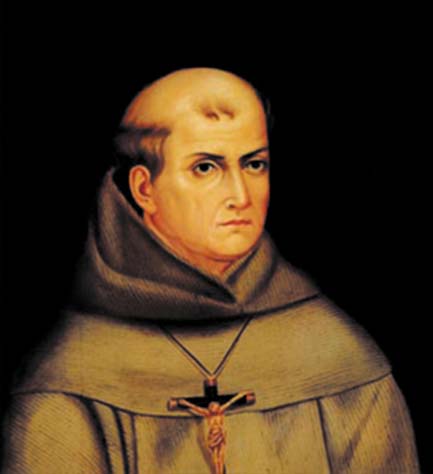
Indians Joining Mission
This was the first mission established in the land of the Salinan people at the site of Telhaya. In the mission era, the natives who became neophytes at San Antonio de Padua were called Antonianos. Mission records show the natives were predominantly Northern Salinan but there were some Yokuts and Esselen.
Mission Site
Located in the Santa Lucia Mountains in an oak-studded valley southeast of Monterey, on which is presently a military reservation. The setting of this mission is much as a traveler would have seen two centuries ago.
Mission Layout
Traditional quadrangle, largely restored by W.R. Hearst and the Franciscans between 1948 and 1952. Signs mark the location of important buildings and features, such as the water-powered gristmill, throughout the vast mission grounds.
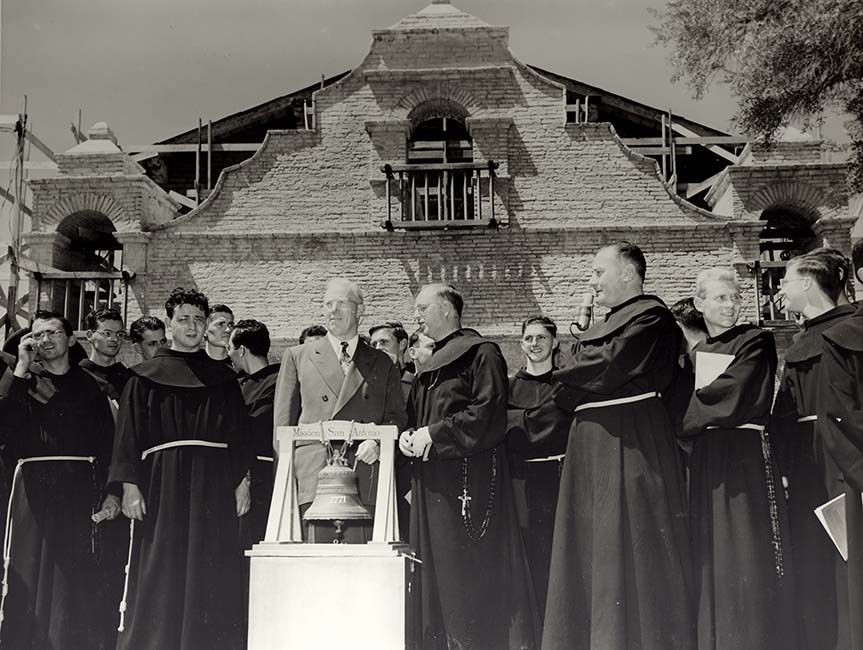
Water Source
San Antonio River which is about three miles above the mission. Water was brought by aqueducts or zanjas and stored in reservoirs.
Population
The highest recorded population was 1,217 in 1806.
Livestock
In its peak livestock year of 1828, the mission had 20,118 animals, including 8,000 cattle, and 10,000 sheep. For practicality, the herd was dispersed to several locations, Ranchos San Benito and San Bartolomé del Pleyto were used for sheep and lambs. There were cattle ranches at Los Ojitos and Rancho San Miguelito, all within three to ten leagues (10-35 miles) of the mission.
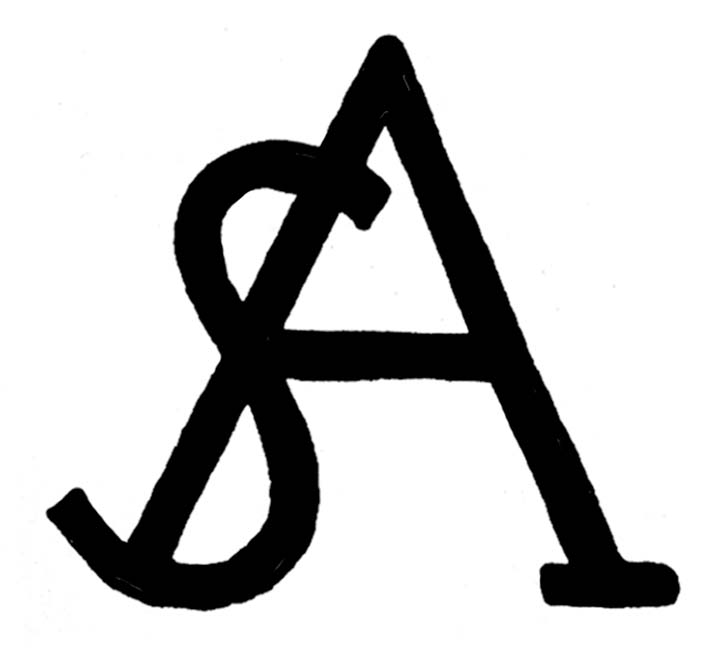
Agricultural Output
This mission quickly became self-sufficient. Over the years that it was an active mission, San Antonio harvested 110,000 bushels of wheat, barley, corn, beans, and peas.
Mission Church
The present or third church was completed in 1813. In 1821, an arcade or Propylaeum, with three arched openings and fashioned from ladrillos or burned brick, was built out from the church portico, giving the mission a unique appearance. The church was fully restored by the Landmarks Club between 1903 and 1908.
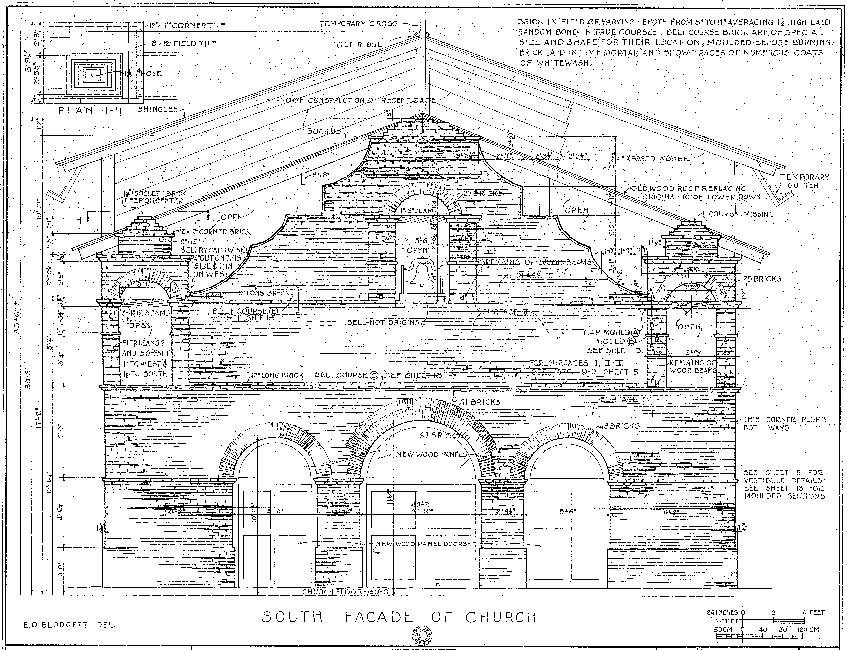
Mission Bells
Both sides of the facade include a square bell tower, both of which have one bell. The third and largest bell, which is original, hangs at the center of the arcade over the largest arch.
Mission Art and Artifacts
The walls of this charming church boast colored decorations painted by the Mission Indians. Behind the altar is a large bulto of the archangel San Miguel, with extended wings, and just below is the bulto of the church patron, San Antonio.
Significant Events
In 1776, Lt. Col. Juan Bautista de Anza stayed at the mission with 240 immigrants from Sonora. San Antonio proved to be an important stop in Anza's pioneering effort to establish a land route from Mexico to Alta California.
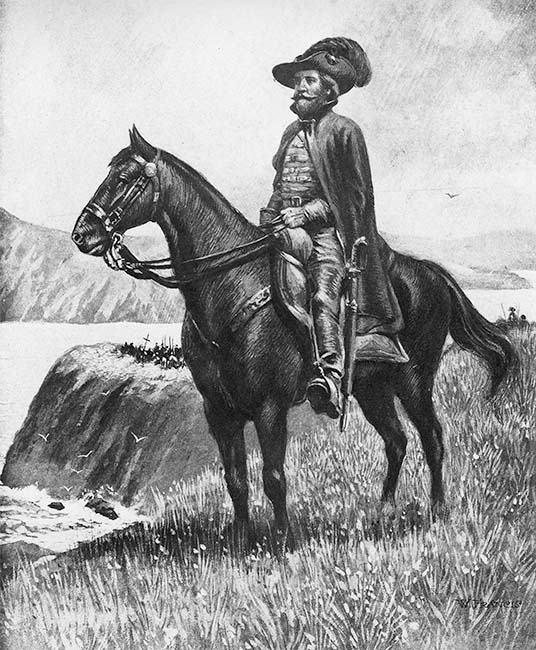
Interesting Facts
- The first Catholic wedding to take place in California occurred here in 1773 between a Salinan Indian woman named Margaretta de Cortona and Spanish soldier Juan María Ruiz.
- Sailors brought two figureheads from colonial frigates. They stand in a display outside the arcade of the mission.
- San Antonio de Padua was the first Alta California mission with a fired-tile or teja roof, and the first with over 1,000 neophytes.
- San Antonio de Padua was known for its excellence of its music. Displays in the museum show musical notations on the walls and a large diagram of hand signals used to teach the neophytes.
- For over three decades now, the mission has been the site of an annual archaeological field school directed by Dr. Robert Hoover of Cal Poly San Luis Obispo.
For Additional Information
- Boulé, M.N. (1988) The Missions: California's Heritage : Mission San Antonio de Padua
- Engelhardt, Z. (1929) Mission San Antonio de Padua, the Mission of the Sierras. (The definitive early history of the mission)
Historical Gallery
San Antonio Padua, founded in 1771, was restored in stages during the 20th century. In the years 1903-1908, the Landmarks Club raised funds to restore the historic 1813 church. Between 1948 and 1952, the mission's traditional quadrangle was rebuilt, largely with funds supplied by William Randolph Hearst and the Franciscans, who made this a retreat center.
The extensive restoration and unspoiled setting of San Antonio de Padua makes this one of the most picturesque missions in California.
The Historical and Contemporary Image Galleries contain a diverse sample of the paintings, illustrations, early photographs and contemporary photographs of the California mission known as the "Mission of the Sierras".
Contemporary Gallery
The Contemporary Image Gallery contains more recent photographs taken by several different photographers from around the Church gardens and the Church interior.
Architectural Gallery
Source: https://www.missionscalifornia.com/missions/san-antonio-de-padua/
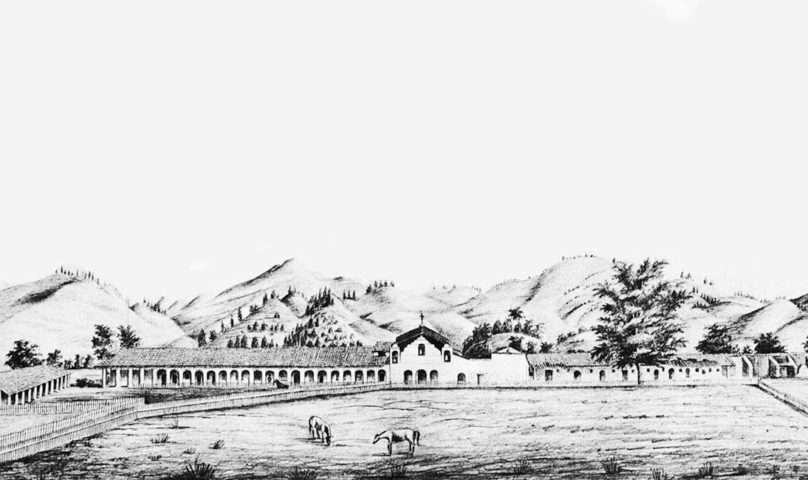
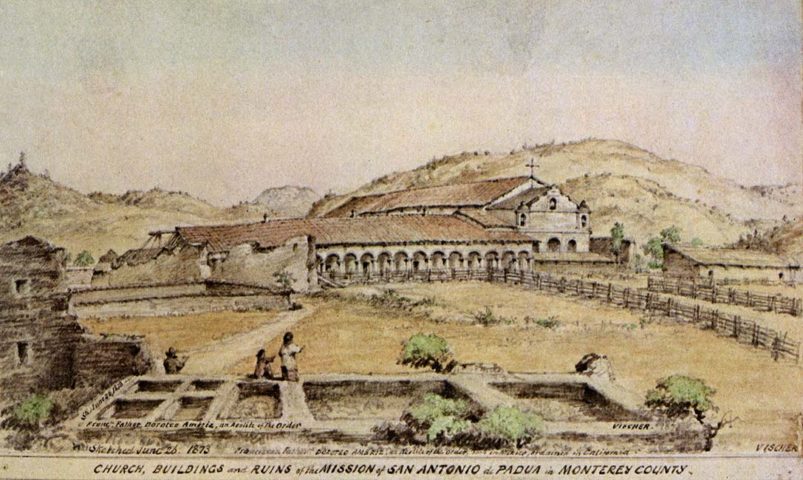
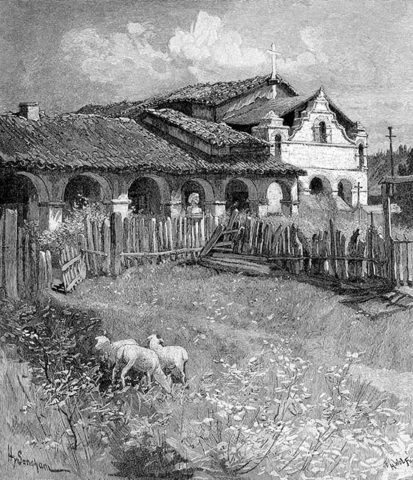
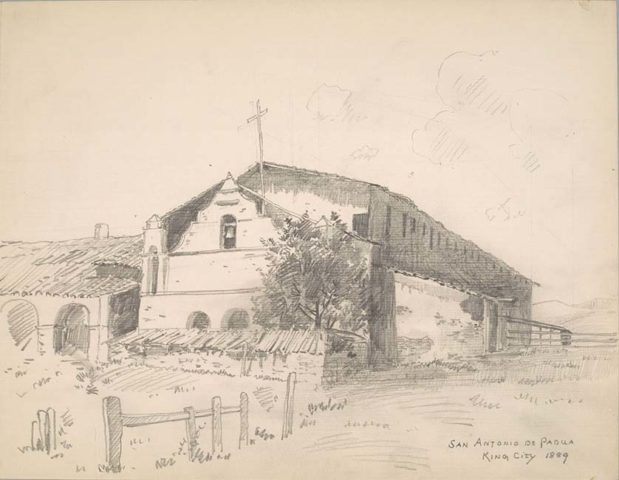
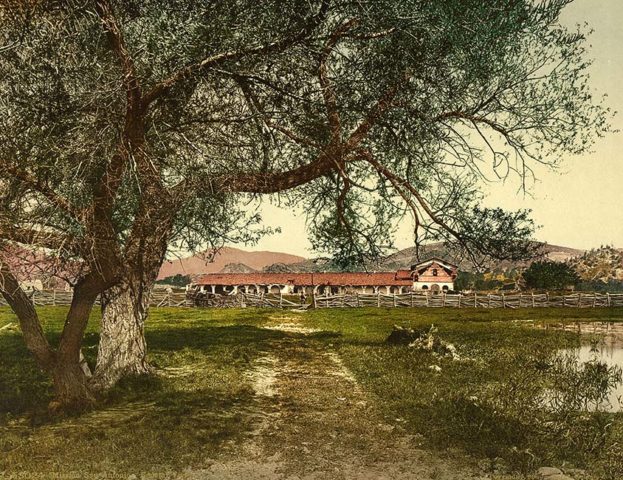
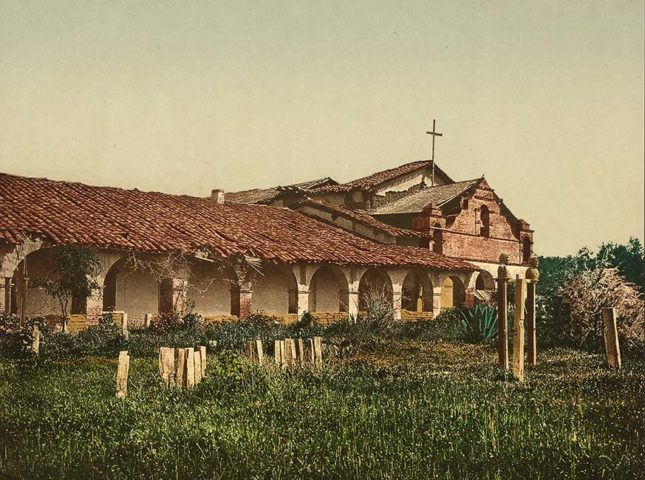
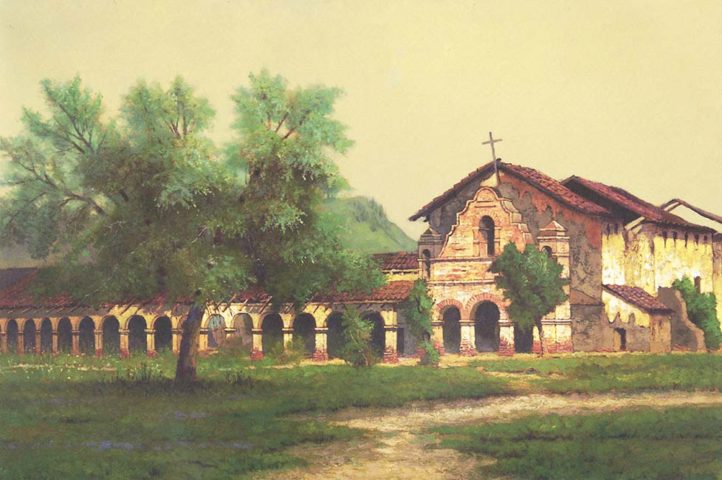
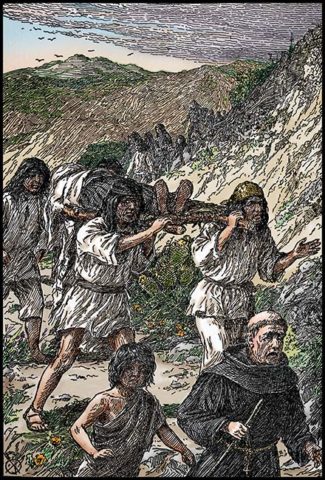
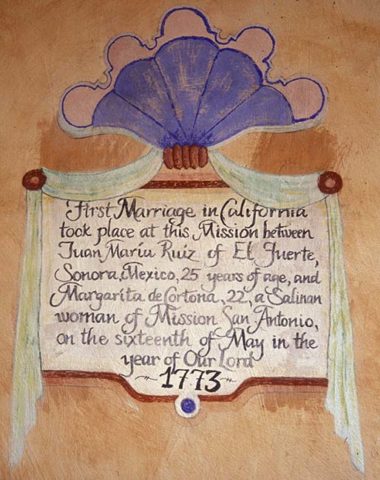
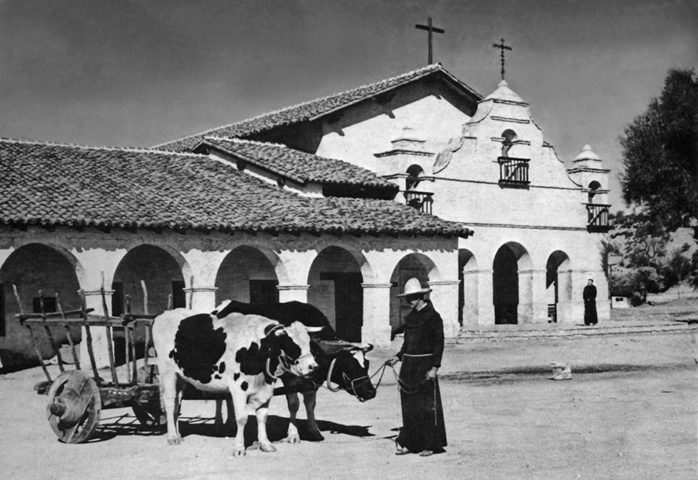
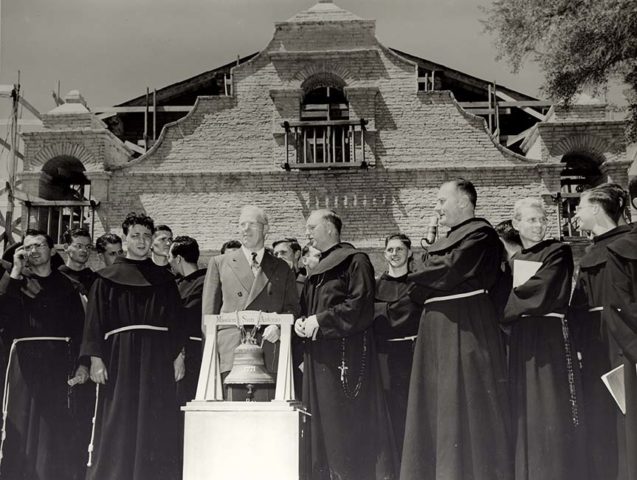
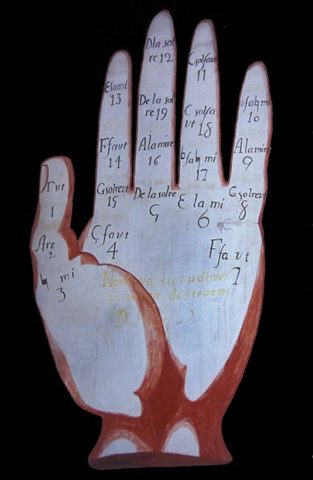
0 Response to "Ranchos Easy to Draw Mission Santa Barbara Ranch Easy to Draw"
Post a Comment